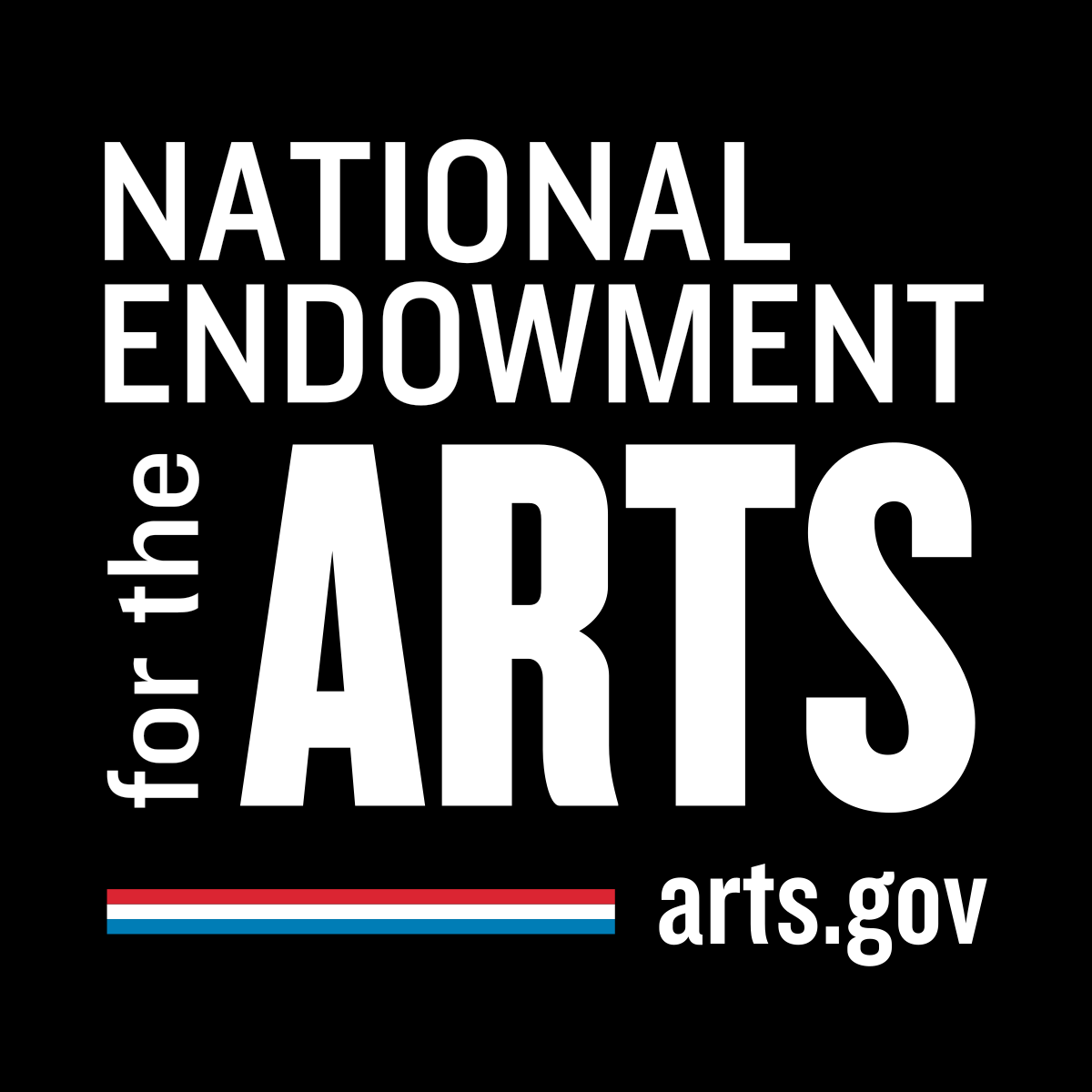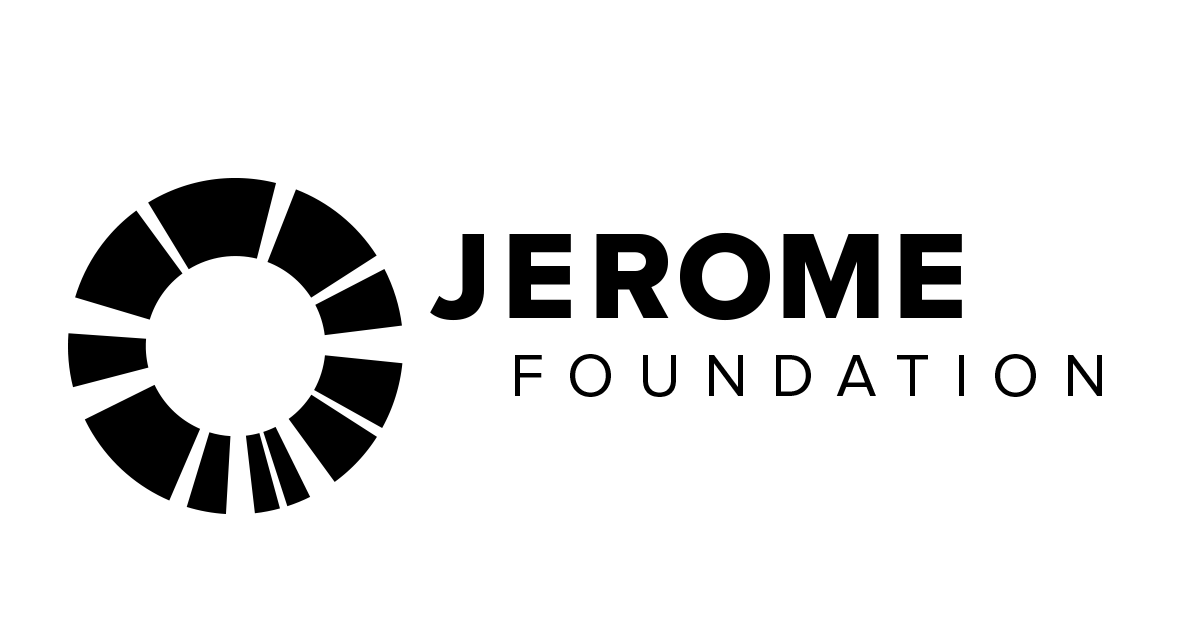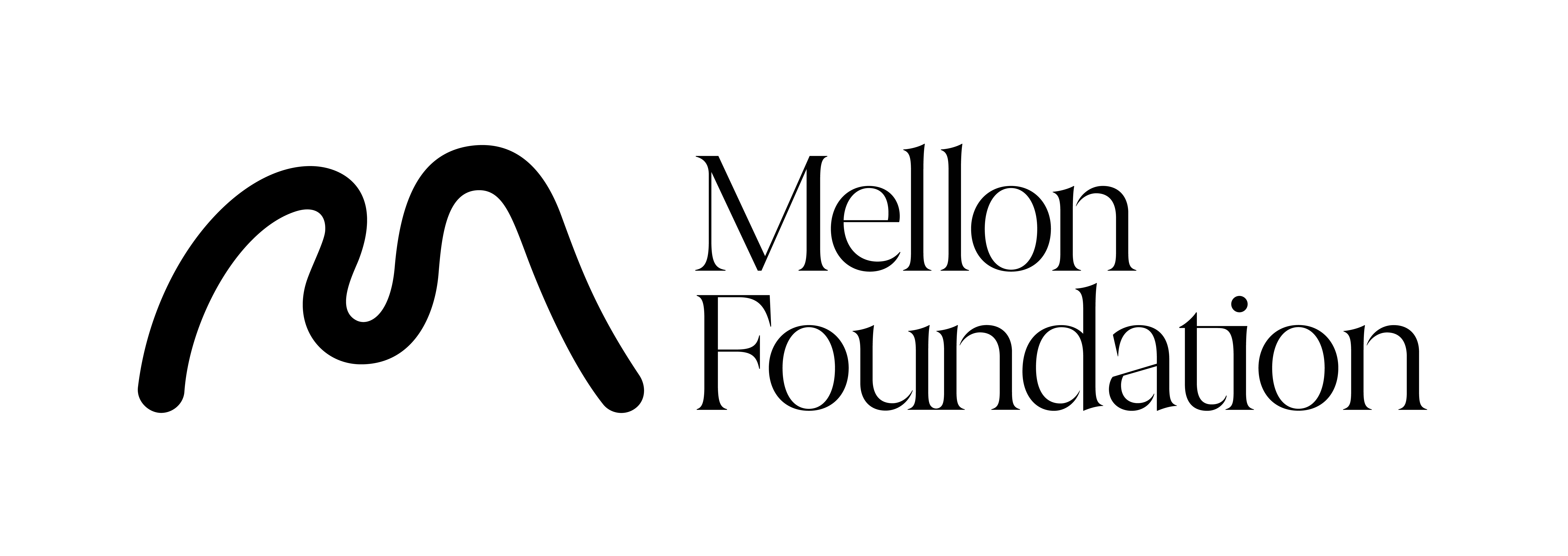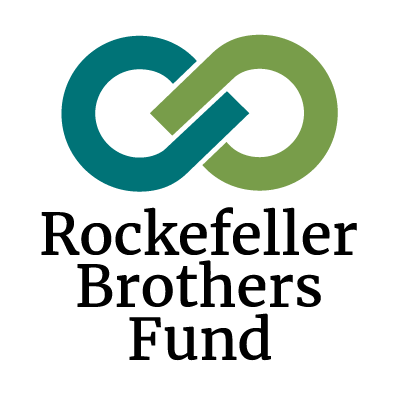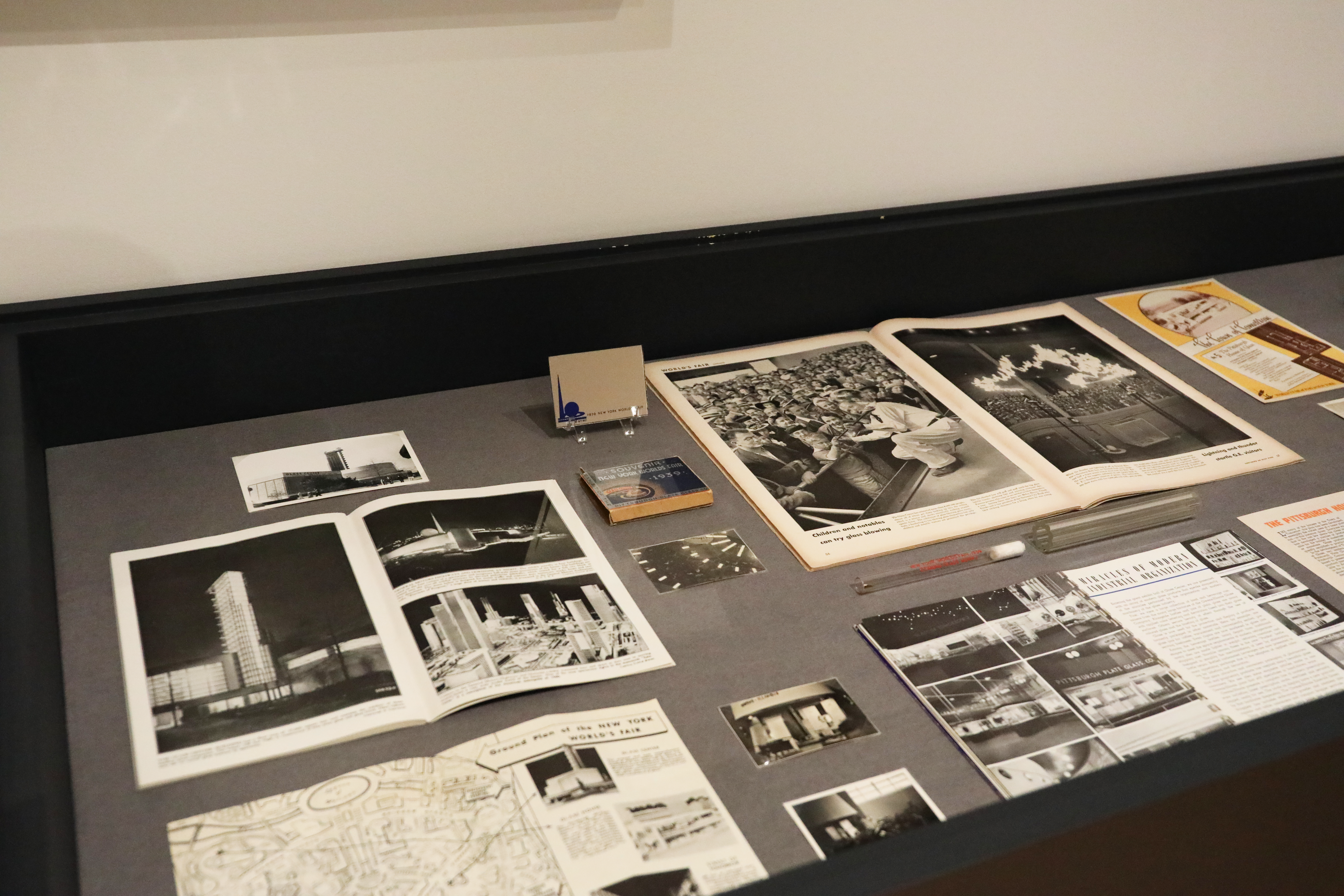Exhibitions - The Future’s Vessel: Glass at the 1939–1940 New York World’s Fair
The Future’s Vessel: Glass at the 1939–1940 New York World’s Fair
10.02.22 – 03.05.23
The 1939–1940 New York World’s Fair, themed “Building the World of the Future,” connected materials to the built environment through the symbolism of their physical qualities. The Glass Incorporated Pavilion shared the history and contemporary applications of the material when transparency and inspiration amid economic and global turmoil were particularly desirable.
At Glass Incorporated, sixteen sculptures illustrated the history of human-made glass. The labor-intensive processes of pulling or blowing glass produced luxury items that, throughout the centuries, populated domestic spaces and tombs of the elite. By the end of the nineteenth century, a pressed glass technique for producing everyday glassware and the development of “lehr ovens” to produce plate glass revolutionized the field. Titans of the industry—Pittsburgh Plate Glass Company, Owens-Illinois Glass Company, and Corning Glass Works—demonstrated the arrival of “The Glass Age” at the Fair by linking these developments to progress in scientific research, the arts, communication, medicine, and architecture.
Glass Incorporated exhibited glasswares and demonstrated historical techniques of glass production, emphasizing the importance of modern processes achieved by industrialization. Large-scale production prompted the rapid evolution of chemical formulas and firing techniques that produced new commodities. “The Glass House,” one of fourteen model homes showcasing diverse applications of materials displayed at the Fair, was included in the “Town of Tomorrow” installation, publicizing new innovations like Pyrex food containers and protective glass walls resistant to extreme stress within a sturdy steel-frame construction.
In other pavilions, glass symbolized balance and neutrality, opposing the stonework facades in the Fair’s Hall of Nations and Court of States. “Walls of daylight” made of glass blocks, developed in 1931, were installed in twenty pavilions including the New York City Building (now the Queens Museum). Cast on an assembly line in two parts, and then vacuum-sealed together, these blocks defined the merger of machine and material with ultimate function—a characteristically “American” contribution to the modern human-made environment.
The Future’s Vessel ponders the popularity of glass-as-keepsake alongside the dazzling architectural elements present at the 1939–1940 World’s Fair. A selection of artifacts from the Museum’s collection—brochures, souvenirs, and objects displayed at Glass Incorporated—visualize this juxtaposition between glass as status symbol and “the most versatile servant of mankind.”
The Future’s Vessel is organized by Lynn Maliszewski, Assistant Director of Archives & Collection.
Discover Images of the Exhibition
Supporters
The Queens Museum is housed in the New York City Building, which is owned by the City of New York.
The Museum is supported, in part, by public funds from the National Endowment for the Arts, the New York State Council on the Arts with the support of Governor Kathy Hochul and the New York State Legislature, and the New York City Department of Cultural Affairs, in partnership with Mayor Eric Adams, the Queens Borough President Donovan Richards, and the New York City Council under the leadership of Speaker Adrienne E. Adams.
Major funding is generously provided by the Booth Ferris Foundation, Bloomberg Philanthropies, The Andy Warhol Foundation for the Visual Arts, Jerome Foundation, Mellon Foundation, Lambent Foundation and Rockefeller Brothers Fund.
